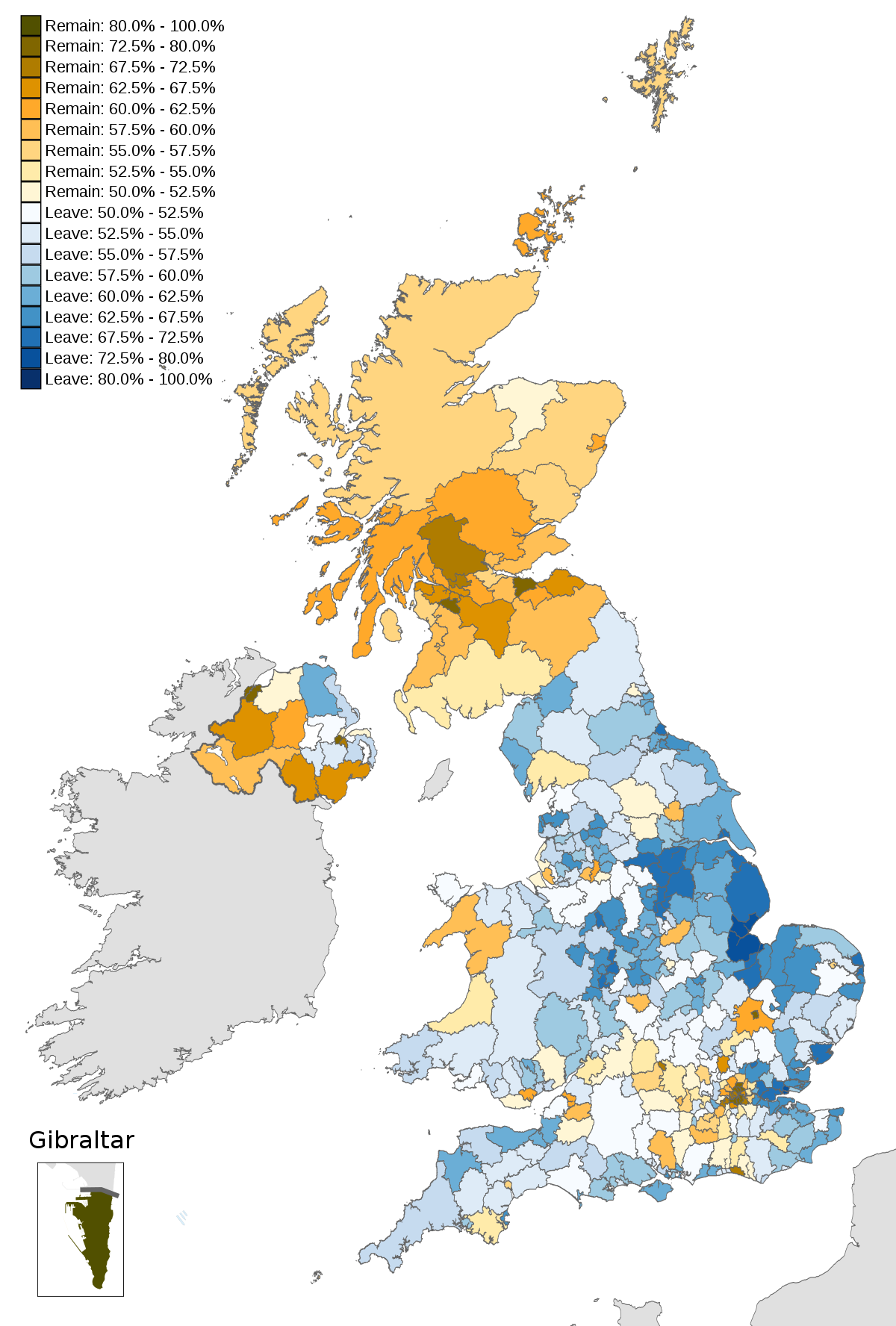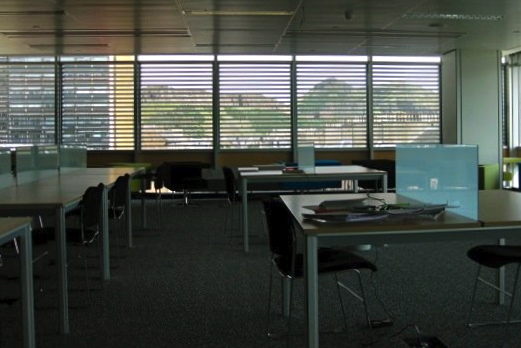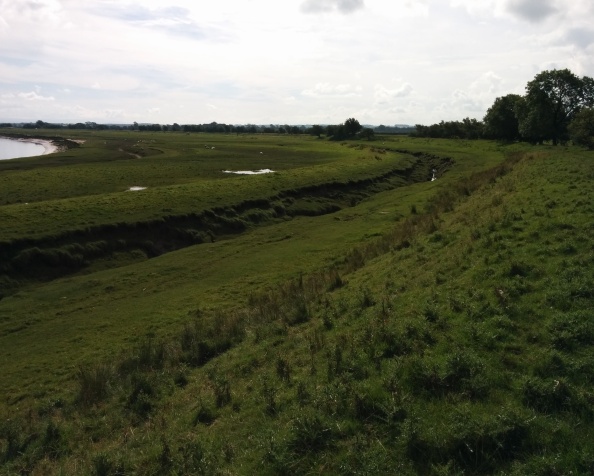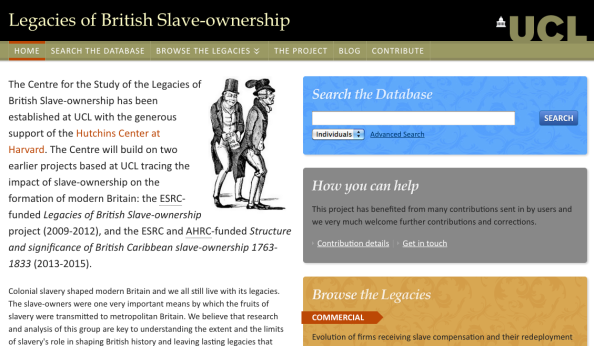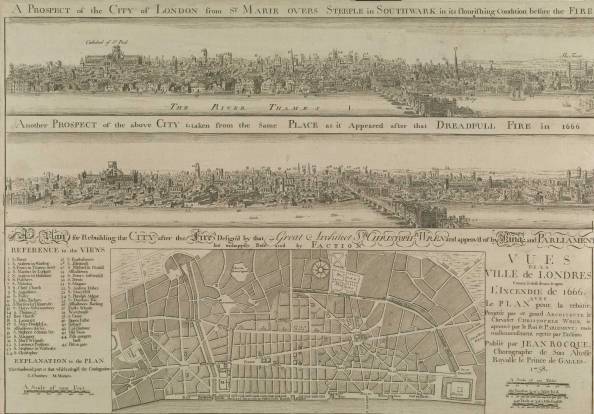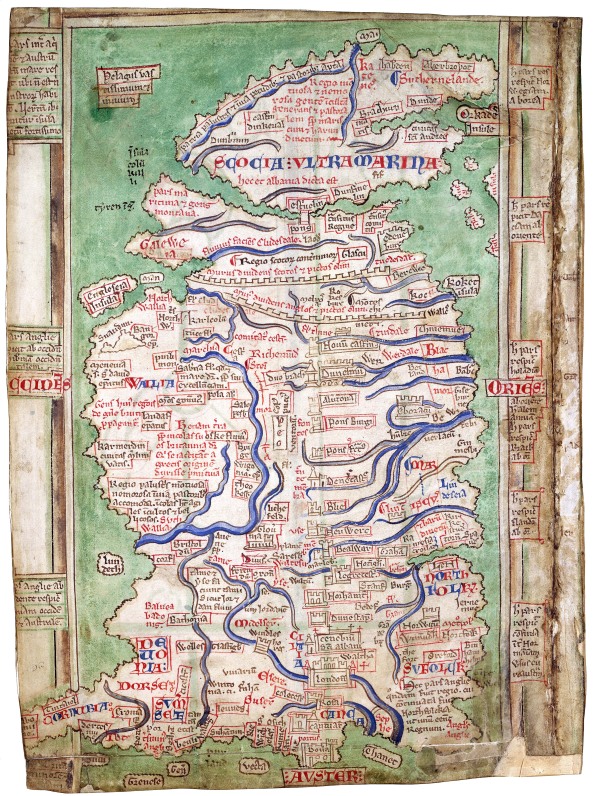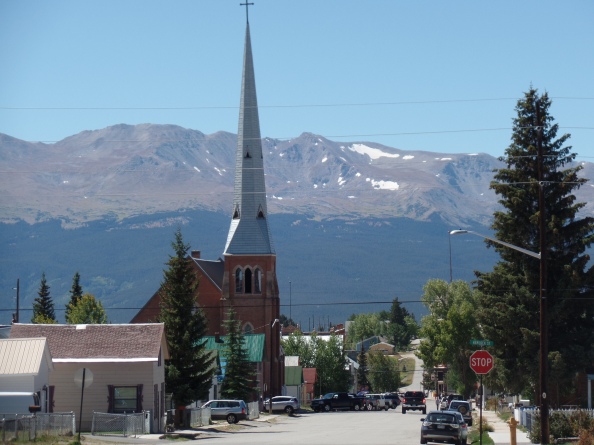
Church of the Annunciation, Leadville, CO – photo credit: L. Flewelling
In the nineteenth century, the Irish were the second largest foreign-born ethnic group in Colorado, with the major sites of Irish settlement at Denver, Leadville, and Cripple Creek. The earliest Irish migrants in Colorado were miners, railroad workers, soldiers, and domestic servants. In Denver, many Irish worked as common laborers.
In 1877, miners in Lake County realized that the black sand they had been tossing off to the side when looking for gold was actually silver. This led to a silver boom, causing the city of Leadville to spring up overnight. By far the largest ethnic group in Leadville was the Irish, and Leadville became the most Irish city in the Rocky Mountain region by 1880. About 9% of the population had been born in Ireland and another 7% were second generation Irish Americans. The majority of Irish were miners, and like most groups in Colorado at this time, were mostly men.
Irish women in Leadville were housewives, domestic servants, laundresses, about six were prostitutes, and there were also several nuns who worked as nurses at St Vincent’s Hospital.
In Leadville, the Irish mainly settled on the east side of town, with 6th street as the main thoroughfare. Because they were the largest ethnic group, they had a large impact on the town as it grew. They had their own Catholic church, the Church of the Annunciation, which was founded in 1879. There was also St Vincent’s Hospital and St Mary’s Catholic School. The names of the mines also reflect the Irish presence. Many of them are name after people or groups from Irish nationalism: Robert Emmet, Wolfe Tone, O’Donovan Rossa, Fenian Queen, and Charles Stewart Parnell. Others have more general Irish cultural links: O’Sullivan, Murphy, Fitzjames, Letterkenny, Mary Murphy, Red-Headed Mary, Seamus O’Brien, Fitzhugh, Donovan, O’Brien, and Maid of Erin.
The most well-known people of Leadville were also Irish. Molly Brown and her husband J.J. were the children of Irish immigrants. Baby Doe Tabor, whose birth name was Elizabeth McCourt, was also the daughter of Irish immigrants. Her husband, Colorado Lieutenant Governor Horace Tabor, was known to support the Irish nationalist movement.
Irish nationalism was a huge cause for the Irish immigrants in Leadville. Nationally, Leadville ranked third in money donated to the Irish Land League, behind only Philadelphia and Chicago. Leadville formed its own branches of the Land League and the Ladies’ Land League, and also had other Irish societies, the Knights of Robert Emmet, the Ancient Order of Hibernians, and the Daughters of Erin. The Irish also had their own local militai, the Wolfe Tone Guards.
Both Leadville and Denver’s Irish populations were well-organized and supportive of nationalist causes, and this led several Irish nationalists to include both cities in their fundraising tours of the United States. This included two visits by the founder of the Land League, Michael Davitt, as well as the treasurer and secretary of the Land League and several members of the Irish Parliamentary Party. Oscar Wilde also came to Denver and Leadville in 1882. He gave a talk on art and aesthetics to the miners at the Tabor Opera House and became legendary in the area for the amount of whiskey he consumed.
Along with their nationalist activism, the Irish in Leadville were known for their participation in local labor movements. They were associated with the leadership of two major strikes in Leadville, the first a 23-day strike in 1880 and the second a much longer strike from 19 June 1896 to 9 March 1897. Labor activism fit well with Irish land agitation and calls for self-government. In fact all three of these movements had been tied together through the most prominent Irish American newspaper, the Irish World. The newspaper’s founder and editor, Patrick Ford, promoted Irish nationalism and American labor activism, and his paper was circulated around the country, even to places as distant as Leadville before it had railroad access.
In both of the Leadville strikes, the miners’ unions were led by Irish miners, demanding higher pay and shorter working days. In both cases, the strikes were put down by the Colorado National Guard. While the 1880 strike was peaceful, the 1896 strike became violent, with armed strikers attacking the mines. At least eight miners were killed.
In 1896, Leadville’s branch of the Loyal Orange Institution was founded. In North America, the Orange Order had a by far larger presence in Canada, with a weaker organization in the United States. In Colorado, the oldest and largest Orange presence was in Denver. The timing of the foundation of the Orange lodge in Leadville is interesting, as the population of Leadville had been drastically declining since the 1893 silver crash. So why would smaller numbers of people want to form a new organization at this time? It’s possible that the Irish and Scotch-Irish Protestants were attempting to dissociate themselves from the Irish Americans who were leading the miners’ strike, who they would have considered radical, extreme, and at the bottom of the social ladder.
The Orange lodge in Cripple Creek was also founded soon after the Cripple Creek miners’ strike, which was also heavily associated with Irish American-led labor agitation.
It’s difficult to track just low large of a presence the Orange Order and other Scotch-Irish migrants would have had in Colorado, because the peak of emigration from Ireland was farther in the past. They might be lumped in with second-generation Irish Americans from Canada, Pennsylvania, New York, and Michigan, where the Orange Order was strongest.
After the silver crash of 1893 and the strike of 1896, the productivity and population of Leadville declined drastically. In 1900, 8,900 people lived there, and by 1910, it was down to 4,400. Many of the Irish miners moved on to different mines in the west, while others moved to Denver. By 1910, 44% of the Irish in Colorado lived in Denver, part of the total of 63% of the Irish population living on the Front Range. Those who remained in Colorado were more urban and middle class than the working class miners.
The Irish in Colorado continued to be active in the labor movement, including the leaders of the Cripple Creek miners’ strike in 1903-4 and Mary Harris Jones, known as “Mother Jones,” who was born in County Cork and was active in supporting miners during the Ludlow Massacre. The Irish worked in the coal mines along the Front Range, became police officers and firefighters in Denver, supported the expanding Catholic church in the region, and continued to participate in fraternal societies such as the Knights of Columbus. Éamon de Valera, the president of the Irish parliament, visited Denver as part of his fundraising tour of the United States in 1919, highlighting continued support for Irish nationalism.
Additional Readings:
David M. Emmons, Beyond the American Pale: The Irish in the West, 1845-1910 (Norman: University of Oklahoma Press, 2010).
Dennis Gallagher, Thomas J. Noel, and James Patrick Walsh, Irish Denver (Charleston: Arcadia, 2012).
James Patrick Walsh, Michael Mooney and the Leadville Irish: Respectability and Resistance at 10,200 Feet, 1875-1900 (Unpublished PhD Thesis, University of Colorado Boulder, 2010).
